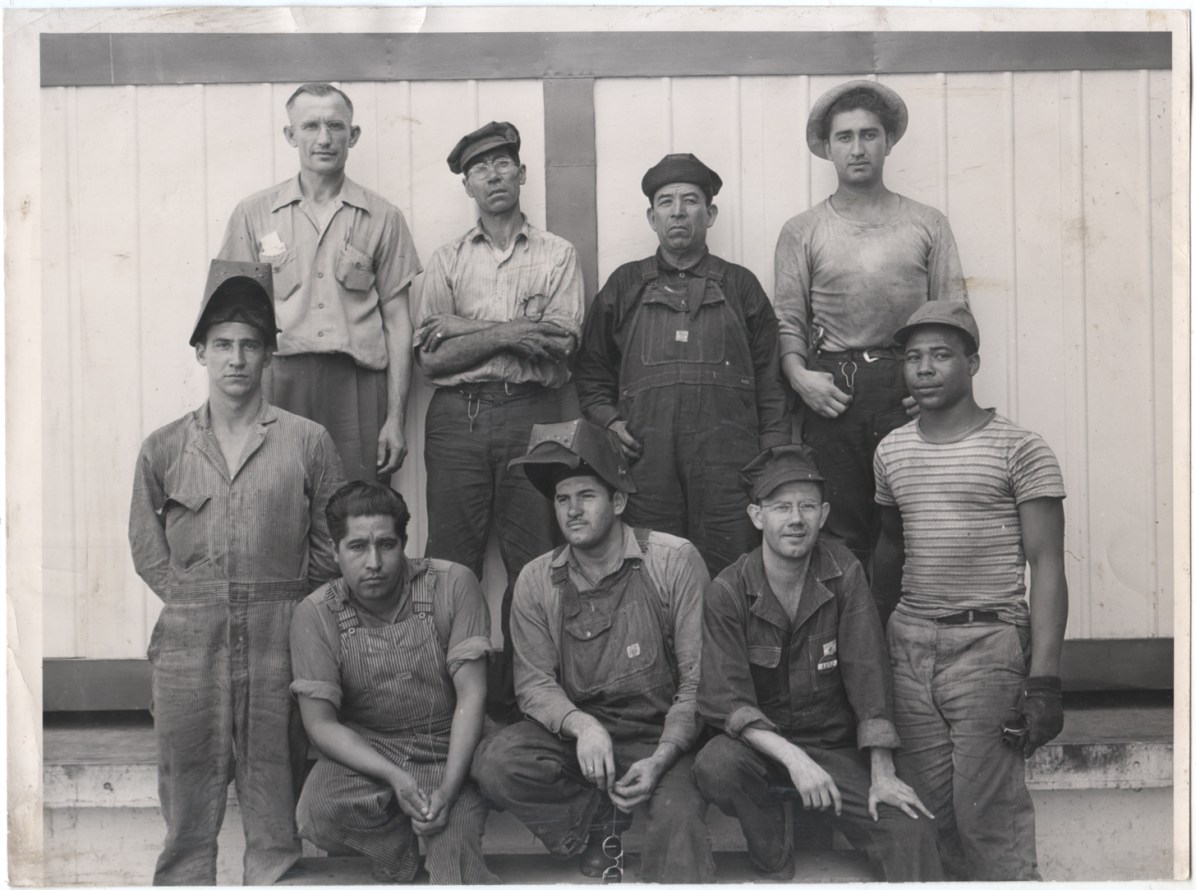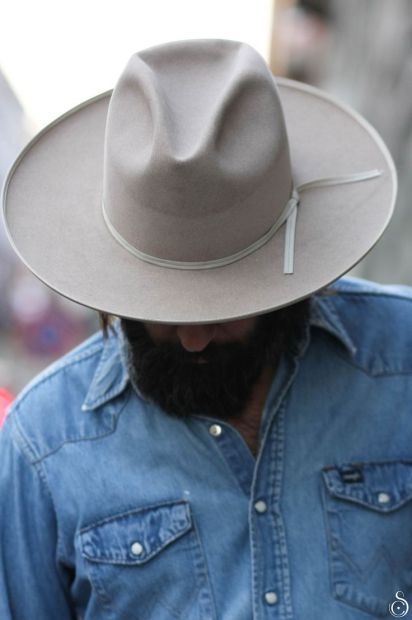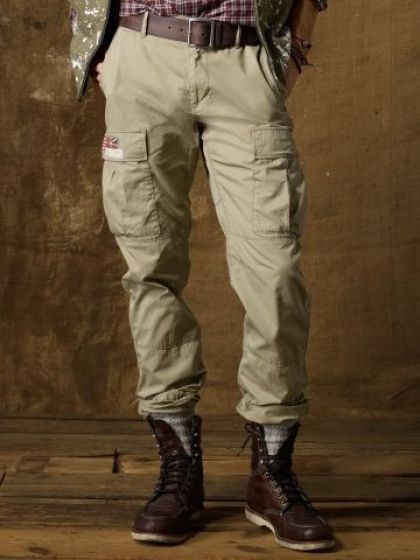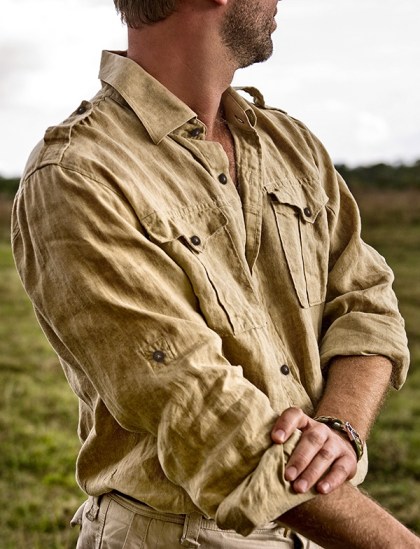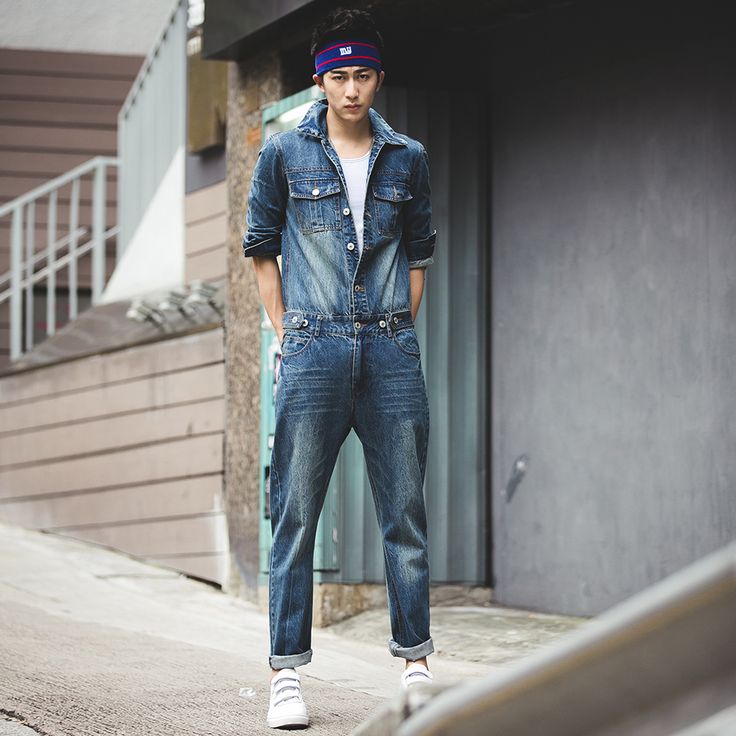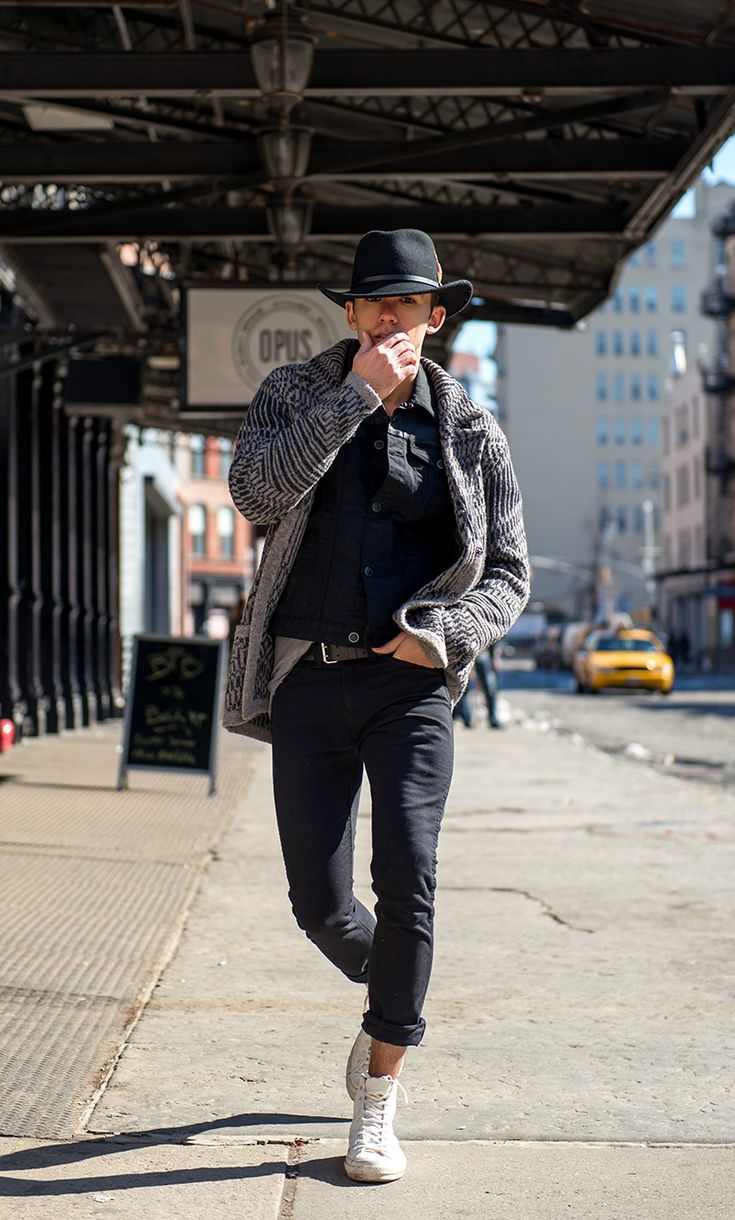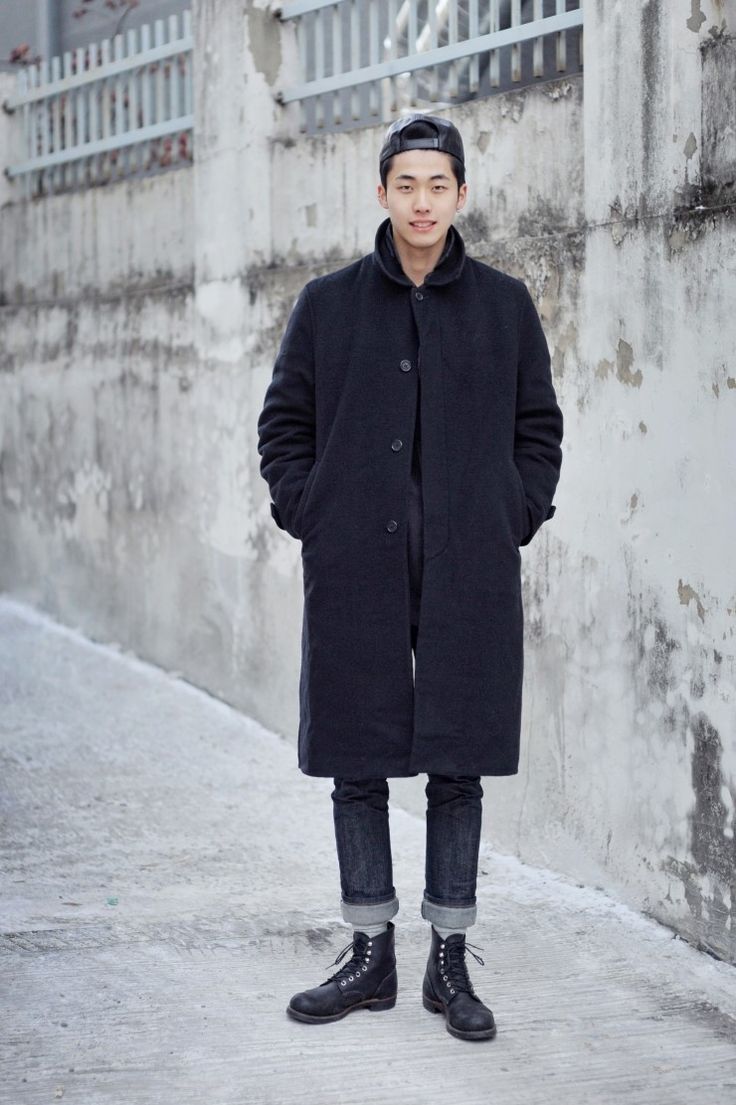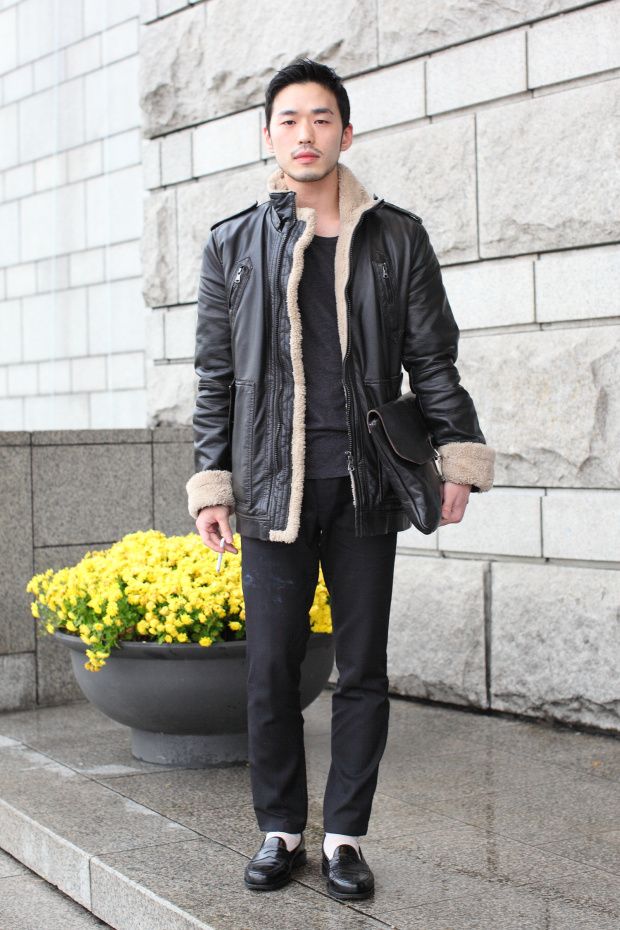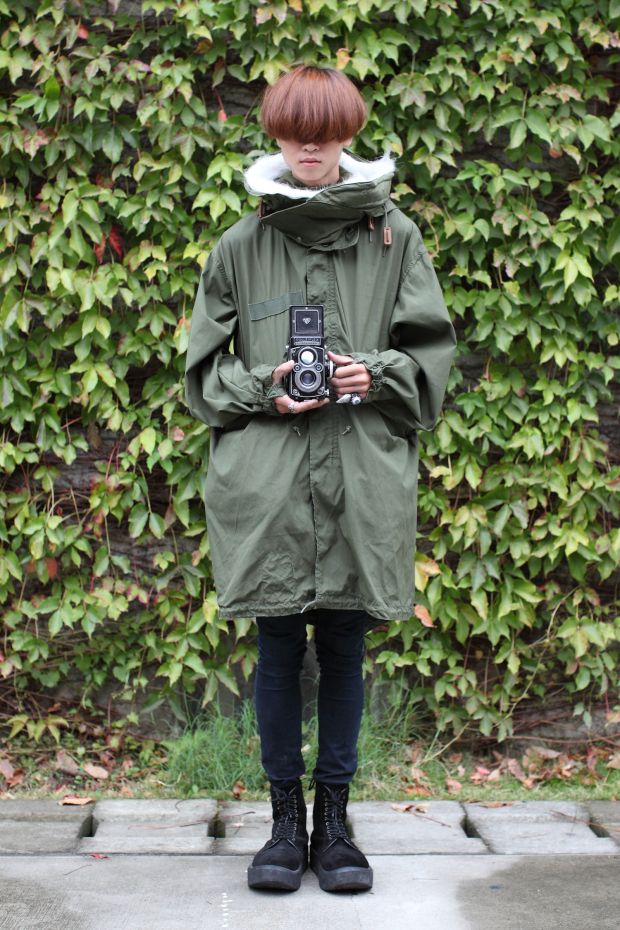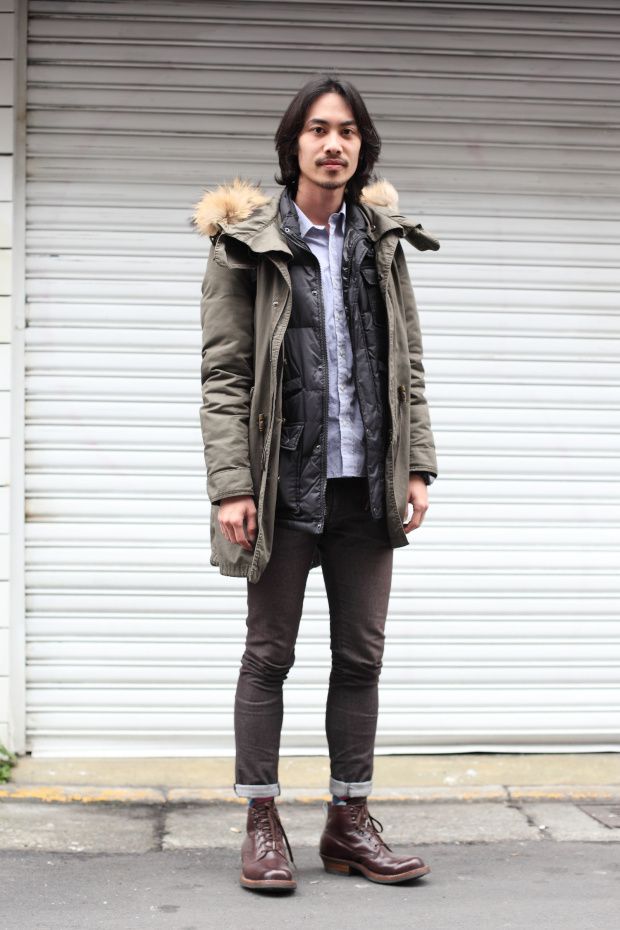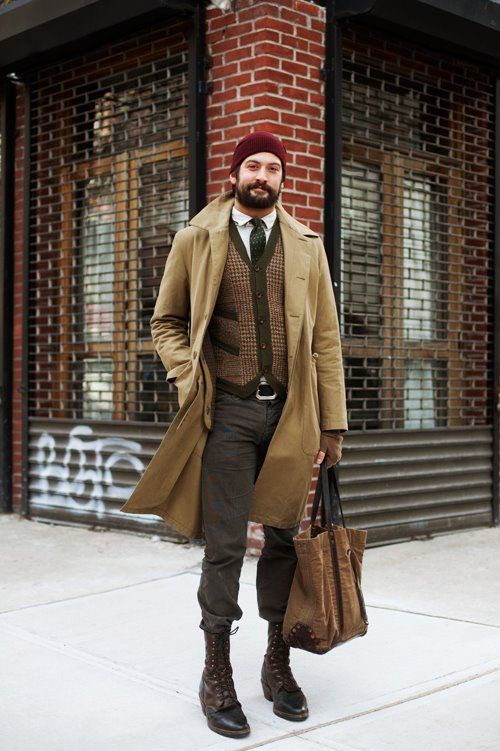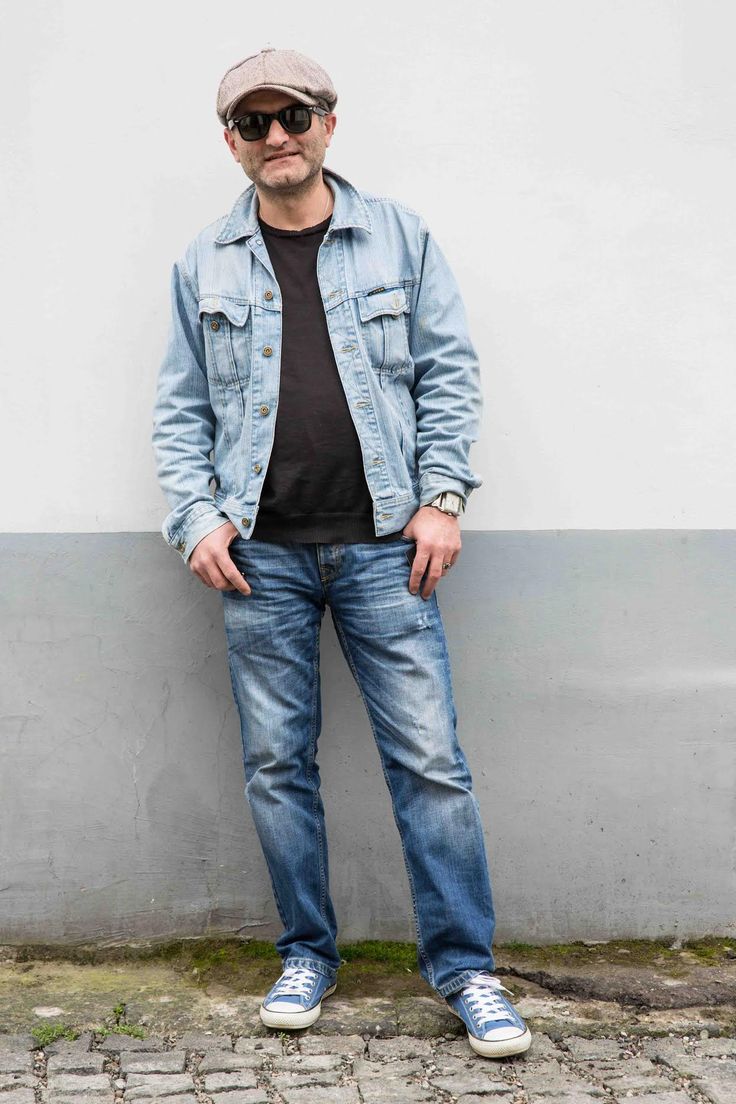INTRODUCTION
Pragmatism best sums up this archetype – the Utilitarian draws inspiration from the style of blue-collared working men throughout history, borrowing not only the “look”, but also the elements of functionality that are unique to each vocation. Emerging from a working-class approach to fashion that has a healthy disdain for what was considered showy and impractical, the archetype is more of an approach to menswear than a uniform style. Therefore, visually different looks can fall under this one category, running the gamut from the Western cowboy or safari ranger to foot soldier or factory worker. The Utilitarian styles of today are certainly not outright remakes of these vocational outfits, but designers concerned with utilitarianism often use recognisable attributes and materials to invoke such an ethos in their offerings.
A UTILITARIAN’S PROFILE
The Utilitarian man is most probably a hands-on kind of guy who always thinks about matching style with practicality. Nothing in his wardrobe doesn’t serve more than one purpose, and there’ll always be more reasons than just “it looks good” for his buys. He is most likely someone who enjoys physical activities or the outdoors, and seeks comfort in the way he dresses.
SIGNATURE FEATURES
Many sub-styles fall into this archetype, and provide design elements with which designers create their own looks. These elements include contrast-stitched denim and leather boots that come from the Wild West cowboy rancher look; jumpsuits from Japanese factory workwear or airman uniforms; safari shirts and cargo pants from the African savannah; woollen trench coats, parkas, furs and climbing boots borrowed from mountaineering gear; as well as the quintessential camouflage prints, squarely-cut heavy-duty fabric, and pants tucked into boots, all taken directly from military wear. Naturally then, the most identifiable element of Utilitarian designs is perhaps the use of practical, hardy materials like denim, heavy or ruggedly stitched cotton, closely woven wool, and waterproof synthetics.
Another key feature in most designs is the prominence of multiple pockets, perhaps best exemplified in the cargo pants. While cuts have become slimmer in tandem with the prevailing trend in menswear, Utilitarian apparel remains fiercely loyal to comfort and ease of movement. The colour scheme of this archetype can vary rather widely from sub-style to sub-style, but duller, muted, and earthy shades are generally preferred – think dark denim or faded denim, khaki or ochre, pastel orange or olive greens. Another common element is headgear, most often a kind of hat, whether cowboy or safari.
WHO IS IT FOR?
With its various “stock sub-styles” to refer to, this accessible style is great for guys who don’t want to spend too much time worrying about piecing looks together. This is especially true if you already engage in some of the activities or vocations from which these styles came from. If you cherish your comfort but still want to look like you got a consistent style, explore the Utilitarian archetype for sure.
TIPS TO GET YOU STARTED
Start with one of the stock sub-styles, and branch out from there. What is the climate like where you work and live? What outdoor activities do you love? Then think about which sub-style works most closely with your answers. If you live in a warm climate, the British indies or Indiana Jones safari look may work best. If climbing is your thing and you already have a parka, go for the mountaineer look. Remember – multi-purpose and climate-ready always.
BRANDS TO EXPLORE
- Timberland
- Neil Barrett
- Beams
- Carhartt
- Barbour
- Billy Reid
- Christopher Raeburn
- Bottega Veneta
- British India Company


